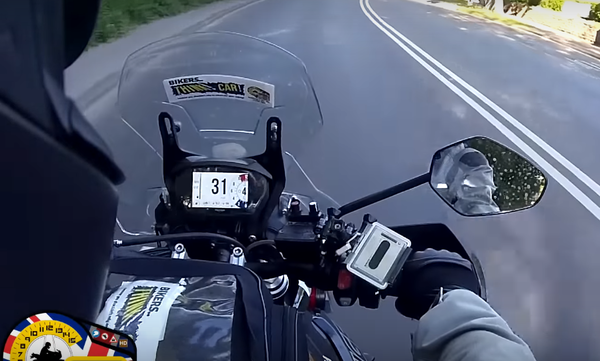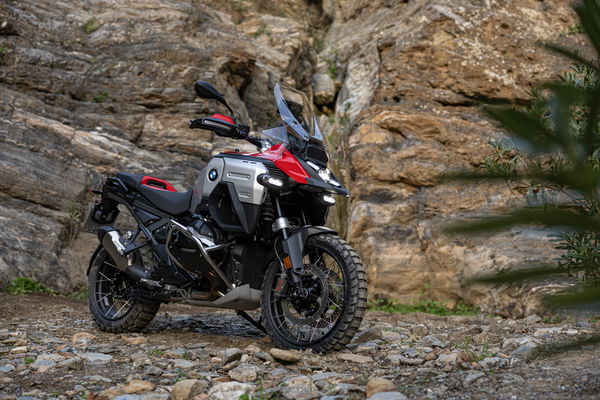Five things you didn’t know about Bimota
With news Bimota could be getting swept up by motorcycle giant Kawasaki, Visordown gives you five things you need to know about the iconic Italian marque.
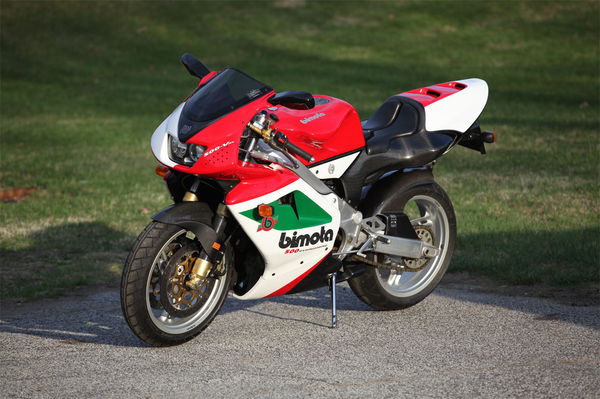
FOUNDED in 1973, Bimota has been through a turbulent lifecycle. From buyouts to bust, it’s fair to say the brand have pretty much seen it all.
And now in 2019 the company may be about to get their biggest lifeline to date, in the form of a potential Kawasaki buyout, that could see the Rimini based maker get itself back on top. What better time to take a look back through some of the highs and lows of Bimota.
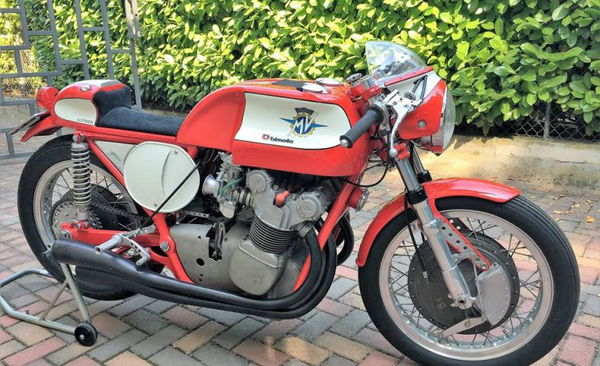
Bimota – the origins
Founded in 1973, Bimota was borne from the passion of three men, each with a transferable skill to bring to this fledgling project. They were Valerio Bianchi, Giuseppe Morri and Massimo Tamburini, with the trio lending the first two letters of their surnames to create what would become a globally-recognised moniker – Bianchi Morri Taburini.
The firm was started to give Tamburini, an already talented rider, tuner and builder of racing and road motorcycles, a legitimate business platform with which to peddle his wares. The three-man team worked well for a while, before internal politics caused the relationship to break down. Tamburini left in 1984, eventually moving to Cagiva full-time but keeping a foot in the door at Bimota and still occasionally helping to design some of Bimota’s most famous machines.
Bimota – the best bikes
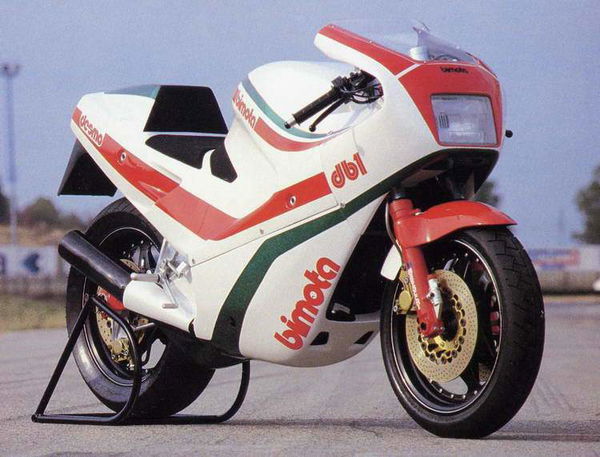
Bimota DB1
The DB1 (meaning the first Ducati powered Bimota) was built from 1985 and was designed by ex-Ducati engineer (and Massimo Tamburini’s replacement) Dr. Frederico Martini. The design is almost identical to Ducati Paso models, with shrink-to-fit bodywork that hugged the internals. The machine was so good, the design was almost identical to Tamburini’s 1986 Paso when he moved to Cagiva owned Ducati.
The bike went on to be a big seller for the firm and is acclaimed with being one (of the many) motorcycles that saved the fragile company.
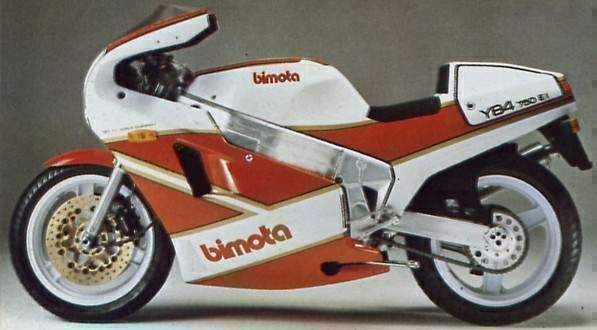
Bimota YB4
The YB4 was added to the range in 1988, and took the already successful Yamaha 750cc inline four and added a beautifully built frame and the same shrink-wrap body work of the DB1.
The machine was first envisaged as a pure-bred racing machine, taking the 1987 Formula One World Championship and ending five years of Honda domination in the process. When the World Superbike Championship arrived in 1988 Bimota were required to build 200 road-going versions for homologation purposes, and the road-going YB4 was born.

Bimota V-Due
The V-Due was one of Bimota’s most ambitious and risky ventures. The idea seemed simple – a two-stroke 500cc race bike for the road. It was also the first time the team had used an engine of their own design and manufacture.
The complexities of the machine, in particular it’s tricky fuel injection system, caused massive recalls. Bikes were seizing, leaking oil, not starting and not running correctly. Bimota eventually ditched the fuel injection system in favour of carbs, fixing some of the tiny bike’s issues in the process.
The V-Due is also a bike that very nearly buried the company. It’s design and development costs (not to mention fixing all the bikes they sold) ran massively over budget.
The V-Due is now one of Bimota’s rarest and most sought after creations, with most being in the hands of speciality collectors and some changing hands for eye-watering sums of money. A certain Mr Guy Martin is also reputed to have one sat in his kitchen!
Bimota – the flops

Bimota Mantra
With styling that only a mother could love, the Mantra was a cross between a motorcycle and Buck Rogers bad dream. The headlight seemed to have originated as a 1950s TV, the styling resembled the Stingray submarine and at its heart was a wheezy 2-valve twin from the Ducati 900ss.
If anything good was to come from the project, it was a decent value entry point into Bimota ownership in the late 90s and mid-2000s. Fast forward to 2019 and they are sought after collectors and increasing quickly.
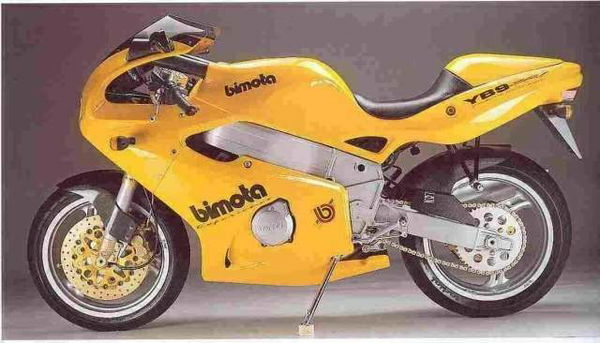
Bimota YB9 SR/SRI
For reasons unknown to modern science, the YB9 SRI is one of the most cost-effective methods of getting a Bim’ in your garage. One website we found had one for sale for £3750 - peanuts when you consider its family tree!
At the heart of the bike was Yamaha’s Thundercat engine, hugged by a beautifully crafted machined aluminium frame and distinct wrap-around faring.
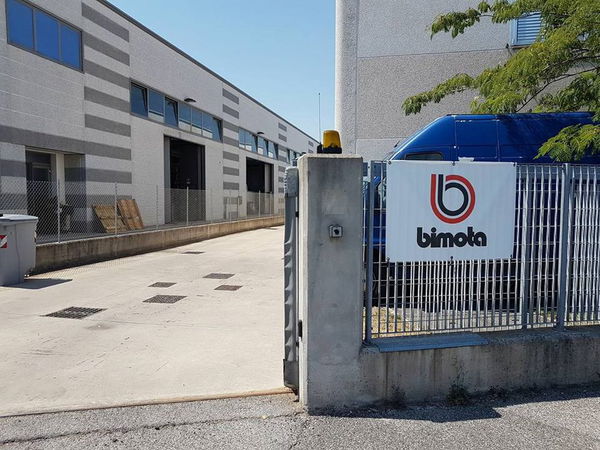
The buyouts and bankruptcies
After the V-Due debacle, that saw small numbers made at great expense, Bimota encountered further financial woes in 2000 when midway through the WorldSBK season a major sponsor went missing. Taking their vital and much needed at the time cash with them, Bimota was left in the lurch and were owed large sums of money, forcing the diminutive firm to file for bankruptcy, closing its doors shortly after.
A new group of investors were found in the form of Marco Chiancianesi and his business partner Daniele Longoni. From there Bimota has sailed very close to the wind, with reports eventually surfacing in 2017 that the factory had closed, and the bikes and spares were being put into storage.
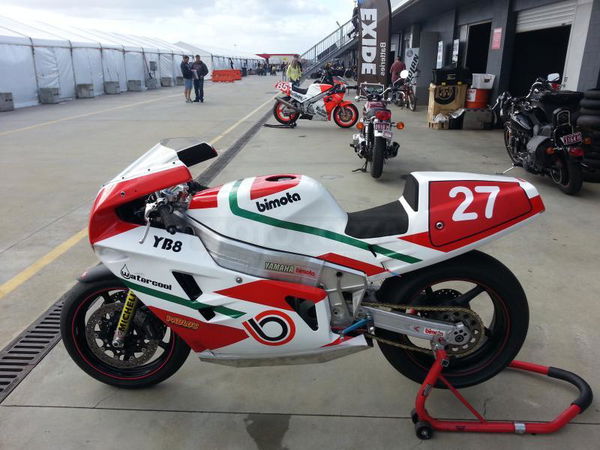
Bimota – the racing
Bimota has a fairly successful – if scattered – tradition in motorsport, with flashes of competitiveness between stints on the sidelines… or rather, between owners.
Back in 1980, a Yamaha-powered Bimota powered to grand prix success in the 1980 350cc World Championship – its only international title – but it is in Superbikes where Bimota enjoyed success with 11 wins in just three seasons of competition.
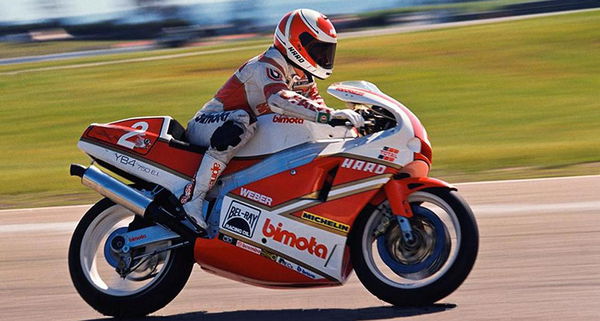
Right there with Ducati, Honda and Yamaha from the beginning, (future Ducati boss) Davide Tardozzi and Stephane Mertens scored seven wins between them during the inaugural 1988 World Superbike Championship but competed in just one more season before the marque vanished from the grid.
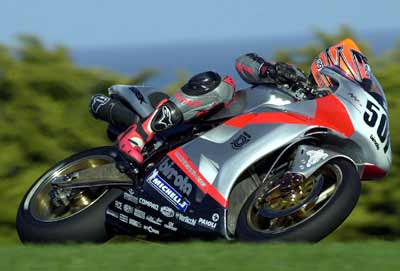
Returning to the grid in 2000, the ever-entertaining, ever-inconsistent Anthony Gobert scored a shock win in the wet at Philip Island but only started eight races as the Aussie proved a handful on and off track.
Under new ownership, Bimota returned again in 2014 with the BMW-powered BB3 under the stewardship of former Suzuki title-winners Alstare. Despite a lack of testing, the bike proved competitive and was in the hunt for the title in the EVO sub-category.
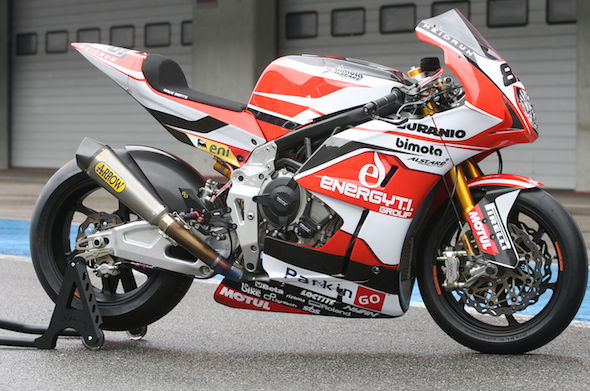
However, off the track, Bimota couldn’t fulfil the necessary production units needed to homologate the BB3, so while Alstare Bimota competed in eight rounds, it was not allowed to score points until homologation could be completed. That never came, the team disbanded before the end of the year and it was disqualified from the final classification.
To read more about what Massimo Tamburini did after leaving Bimota, click here.
